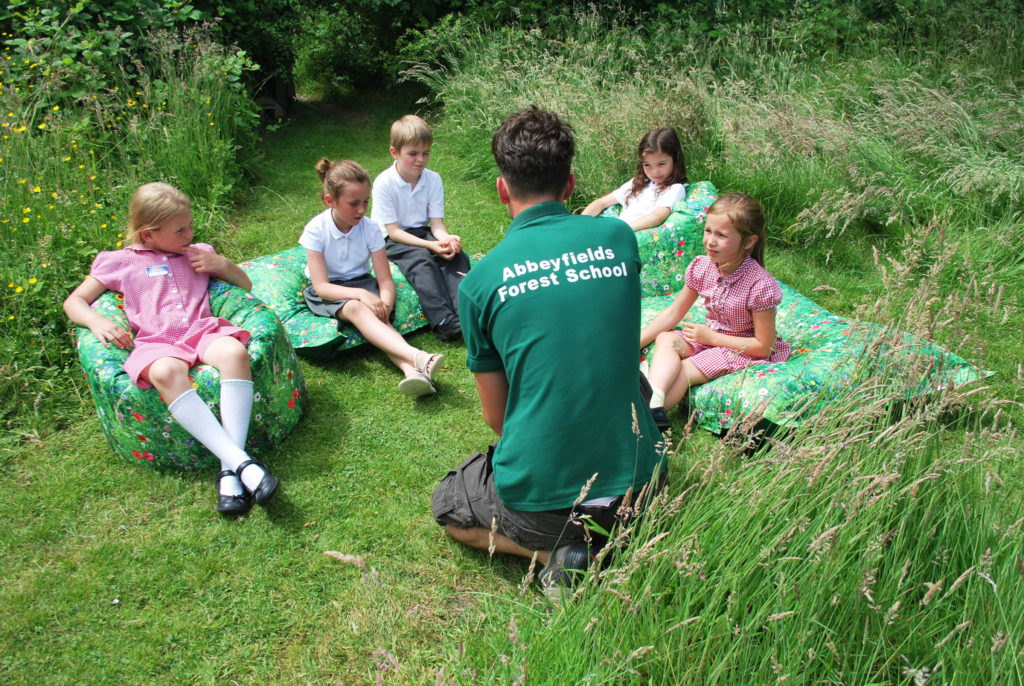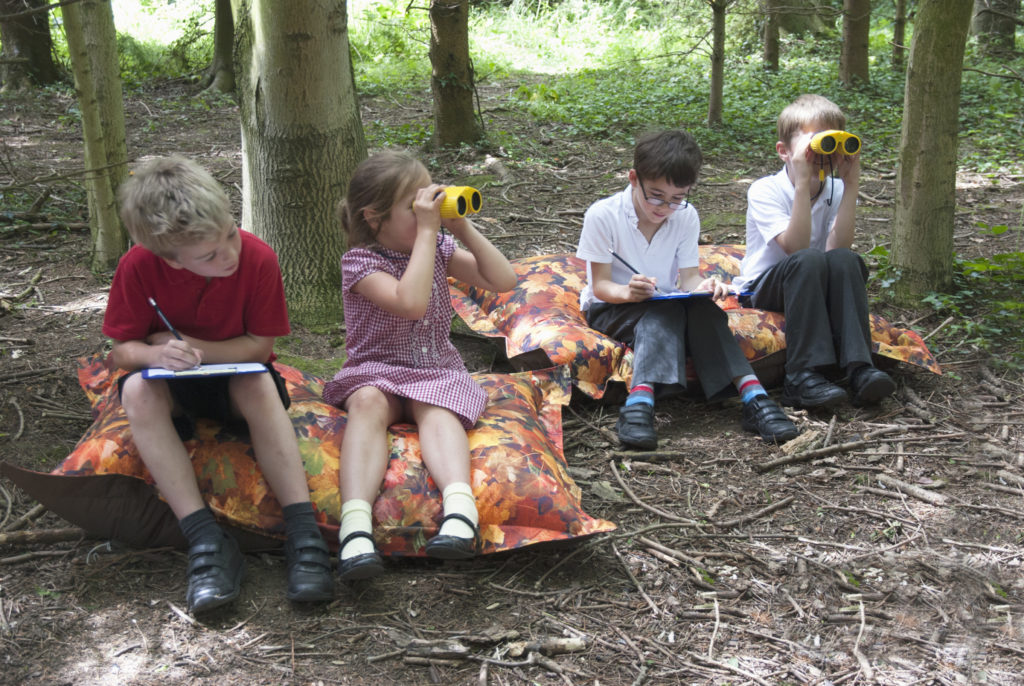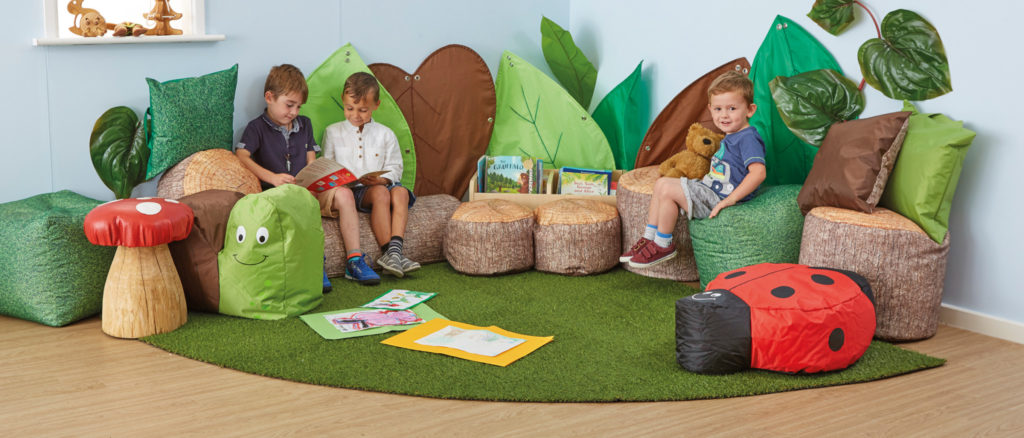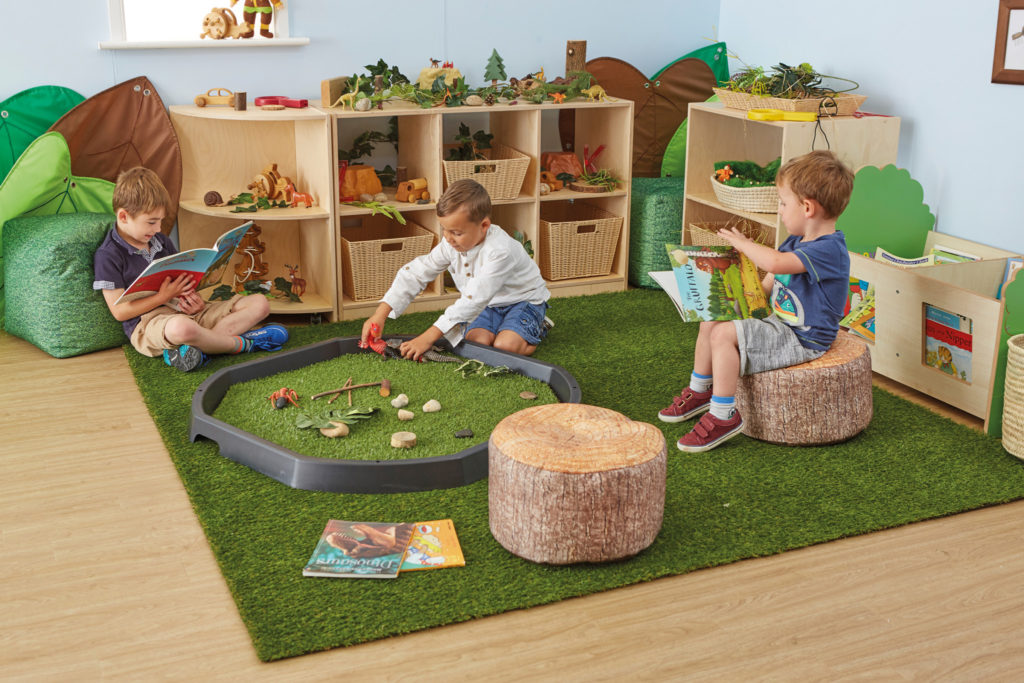Below you will find a Forest School Resource Guide for the Curriculum with expert tips from Ross Pearson, Abbeyfields Forest School Leader and Horticulturalist.
Observation
Early Years
Activity:
![]()
Observe nature with binoculars and magnifying glasses. Have a look up in the trees or under log piles and through fallen leaves. See what life you can discover such as spiders and their webs.
Curriculum Focus: Understanding the world, communication and language.
KS1

Activity:
Research common butterflies, insects, plants and trees in encyclopaedias then see if you can identify them whilst out and about observing nature. Keep a tally of how many you spot of each.
Curriculum Focus: Science, Numeracy and Literacy
KS2
Activity:
Identify animals, plants and birds and provide the scientific names for everything e.g. an Oak tree is a Quercus Robur. Develop a wider understanding of the environment, look at the human impact on a tree, or if it’s growing in the wild, what does it need to survive? For instance, understanding the process for photosynthesis. 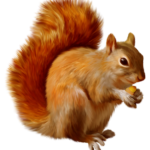
Curriculum Focus: Science, Numeracy and Literacy.
Wood Carving
Early Years
Activity:
Using potato peelers and a stick, start to take off the bark to create a wand (like Harry Potter!), which is very basic fine motor skills.
Curriculum Focus: Developing fine motor skills.
KS1
Activity:
Using bow saws and the bill hooks, cut down raw material and split wood. Aim to whittle a branch down into a tool such as a mallet.
Curriculum Focus: Developing fine motor skills.
KS2
Activity:
Utilise all previous skills by cutting down raw material using the bill hook and then splitting it using small knives. Aim to whittle down to create something with fine detail like a whistle.
Curriculum Focus: Developing fine motor skills.
Allotments
Early Years
Activity:
Learn how to plant seeds and watch simple things grow like cress and beans. Simply observe them and watch them grow.
Curriculum Focus: Understanding the world, Communication and Language.
KS1
Activity: 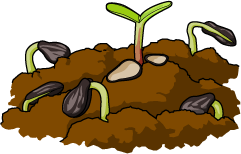
Plant seeds and tend to the plants, such as pricking out of the seedlings into separate pots when they have sprouted. Create seed packets with a well written description of what they are and decorate with artistic designs to sell to parents.
Curriculum Focus: Science, Numeracy, Literacy, Art.
KS2
Activity:
Combining earlier skills learnt, write up methodology including measurement of plant growth. Then it’s time to harvest the produce. Light fires, prepare the vegetables and cook a stew, fruit breads or a soup. This can easily be done back in the classroom as well.
Curriculum Focus: Science, Numeracy, Literacy, Art.
Tips for resourcing your Forest School
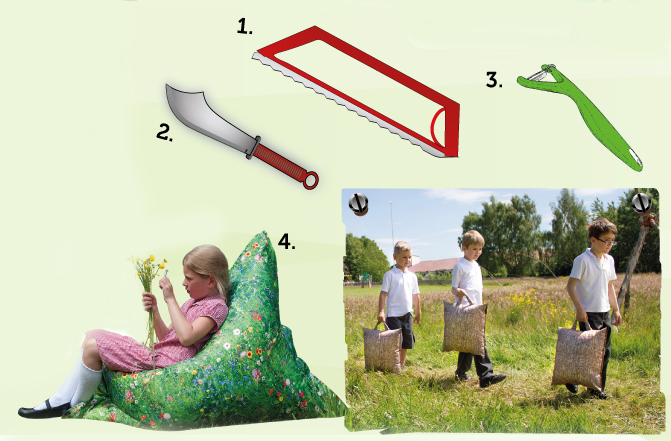
The Forest School Starter Kit:
- Bow Saw: For cutting down material such as branches.
- Bill Hook: For splitting down larger pieces of wood into manageable sizes, plus children need to work together to use this.
- Knives/Potato Peelers: Perfect tools for whittling to create smooth details.
- Soft Outdoor Furnishings: Perfect for keeping children comfortable and engaged whilst working outdoors on damp forest floors. Use small kneeling cushions, large beanbags and cushions, tree stump style cushions for a more natural style.
“Finding the right resources to use in your outdoor space is important. Our children at Abbeyfields love the responsibility of carrying around their own lightweight outdoor cushions, which are thick enough to kneel on to get a closer look at life on the forest floor when inspecting under logs with their magnifying glasses. Being comfortable whilst learning outside means children can concentrate on the task at hand and learn all about what nature has to offer. If you can find nature themed furnishings too then this won’t interrupt the learning environment by looking out of place.” – Ross Pearson.
Little to no outdoor space? No problem!
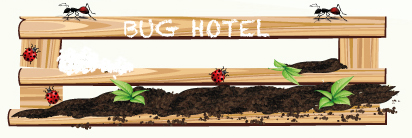
Bug Hotel
Create a bug hotel with only 1m². Stack wood pallets or pile logs then stuff stones, hay, sticks and leaves in between to encourage wildlife to come and stay!
If your class can’t get out and experience nature, go on a walk yourself at the weekend and collect pine cones, sticks, branches and leaves and bring them indoors.
Decorate an indoor area with nature themed furnishings and arts and crafts to bring a sense of the great outdoors inside!
Hang up a bird feeder from a window or door frame and spot the birds when they pay a visit.
Download your handy printable version of this Forest School resource guide here.
With thanks to Eden Learning Spaces and Ross Pearson, Abbeyfields Forest School Leader, for supplying these practical ideas.


